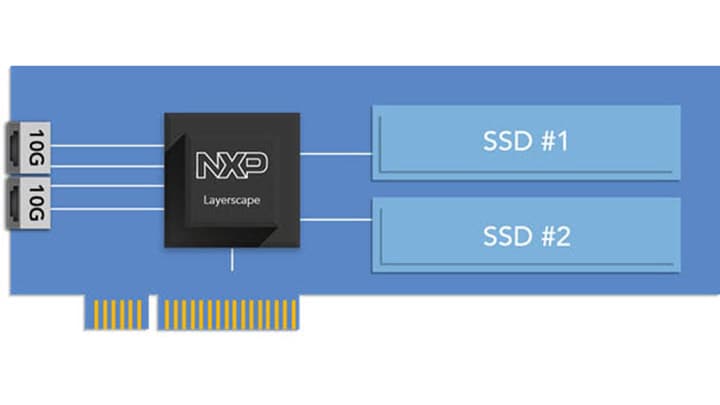It can seem like there is a Linux distribution for just about anything:
carrier-grade Linux distros for telecom, OpenWRT for small routers,
Automotive-Grade Linux for cars and so on. Manufacturers’ convergence
of operations and information technology (OT and IT) and time-sensitive
networking (TSN) are so new, however, that no suitable Linux distribution has
existed until now. This week NXP announced the open-source OpenIL project, a
community-built industrial Linux distribution advancing the state of the art
in manufacturing technology. This industrial Linux distro supports TSN,
including per-stream policing, and time-aware shaping of network traffic.
NXP finds that industrial OEMs have algorithms for control and monitoring
running on a real-time operating system (RTOS) and systems connected by legacy
industrial networking protocols. These OEMs see the value in an open-source
operating system, the trend toward Linux, the value of OT-IT convergence and
TSN’s capabilities, but they still need real-time operation to execute
their algorithms. OpenIL meets these requirements and provides a robust
foundation so OEMs can focus on new and proprietary technology instead of
baseline capability.
OpenIL’s baseline capabilities include IT infrastructure software such
as networking stacks, web servers (useful for configuration management),
scripting tools and system utilities commonly part of Linux distros. Although
a new distro, OpenIL relies on the buildroot project. Developers can,
therefore, tailor their firmware to fit the flash memory available on their
design, adding or removing applications as their design requires. OpenIL also
supports the Ubuntu filesystem structure, making the distro more familiar to
developers and allowing it to support SELinux, Linux’s standard
security enhancements.
At the same time, OpenIL has a real-time scheduler and the Xenomai real-time
extensions to Linux. These transform Linux from an IT-oriented OS to an RTOS
with a complete set of IT features and facilitate porting software from an
RTOS like VxWorks or pSOS, both of which Xenomai emulates.
Developers also get immediate access to TSN. They need not write drivers for
the NXP TSN switch, we have handled that. To configure TSN settings, all that
is required is updating an XML file. Standard netconf tools simplify
configuring IT and OT networks. To synchronize real-time devices on the
network, OpenIL implements the generalized precision time protocol (gPTP) with
the linuxptp daemon.
In addition to pioneering TSN support in an open-source Linux distribution,
OpenIL also stands out for its support for NXP’s trust architecture.
Our trust architecture helps ensure the integrity of systems throughout their
lifecycle: commissioning, boot up, run time and decommissioning. This support
includes Open Portable Trusted Execution Environment (OP-TEE). A TEE can be
thought of as the operating system for our trust architecture. Designers can
also use OpenIL to connect devices to the Internet of Things and implement
edge-computing services like AWS Greengrass.
In summary, OpenIL compiles the technologies I’ve discussed this past
year—security, TSN and Industry 4.0 and edge computing—into a
single Linux distribution. It makes these technologies, many of which depend
on unique features of our processors, accessible and easy to use for designers
so they can focus on their own added value.
For more information, please see:




